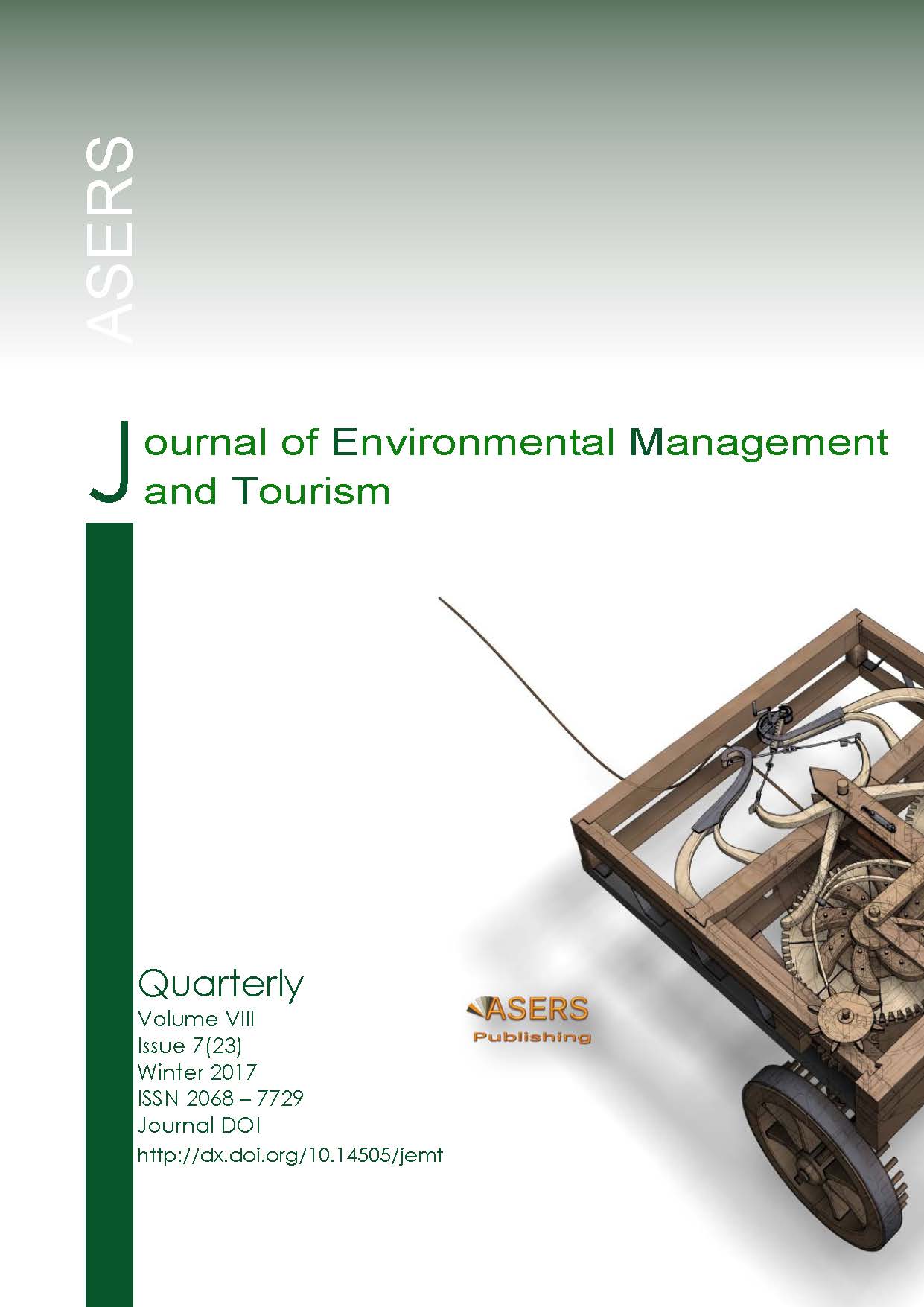Ways to Improve the Ecological Safety of the Livestock Sector under Associative Mycotoxicoses
Abstract
The problem of accumulation in the animal feed of a large number of mold fungi and their metabolites - mycotoxins - has become very important in recent years. As an effective method of detoxification therapy, enterosorption is proposed to be used with the help of natural aluminosilicate minerals and preparations based on them, which possess sorption, antitoxic, hepatoprotective and antioxidant properties. Using an analog method, four groups of calves were formed, taking into account age and body weight. Intergroup differences consisted of the prescribed medicinal preparations, which were added to the diet of the main ration at a dose of 0,3 g / kg of body weight for 21 days. It has been experimentally proved that preparations on the background of feed of calves, that were fed with mycotoxins and spores of fungi, have a pronounced preventive effect in associative mycotoxicoses. Normalization of metabolic processes in the liver was noted, which was manifested by an increase in the level of total protein in the experimental groups by 24,4%, 18,1% and 19,4%. The level of alanine aminotransferase decreased by 15,2%, 12,3% and 11,3%, tha level of aspartate aminotransferase decreased by 24,2%, 20,9% and 18,7%. At the same time, preparations helped to reduce the endogenous intoxication of the calves' organism and reduce the accumulation in the blood of middle-mass molecules (MMM) by 36,6%, 22,3% and 21,3%.
References
[2] Ivanov, A.V, Fisinin, V.I, and Tremasov, M.Ya. 2010. Mycotoxicoses (biological and veterinary aspects). Moscow: Russia.
[3] Miroshnichenko, P.V. 2007. Combined mycotoxicosis of pigs in the Krasnodar Territory. Abstract of author's dissertation on competition of a scientific degree of the candidate of veterinary sciences. Kuban State Agrarian University. Krasnodar, Russia.
[4] Mishchenko, V.A., Mischenko, A.V., and Chernykh, O.Yu. 2014. The problem of liver pathology in highly productive cows. Veterinary Medicine of the Kuban, 2: 7-9.
[5] Semenenko, M.P. 2008. Pharmacology and the use of bentonites in veterinary medicine / Semenenko Marina Petrovna: the dissertation of doctor of Vet. Science / FSEI HPE "Kuban State Agrarian University". Krasnodar, Russia.
[6] Semenenko, M.P. 2016. Modern approach to the possibilities of using natural sorbents in veterinary medicine /Actual problems of modern veterinary science and practice. Materials of the International Scientific and Practical Conference, dedicated to the 70th anniversary of the Krasnodar Scientific Research Veterinary Institute. FSBSI "Krasnodar Scientific Research Veterinary Institute"; FSBEI HPE "Kuban State Agrarian University," Krasnodar, Russia.
[7] Semenenko, M.P., Kuzminova E.V., and Koschaev, A.G. 2015. Mechanisms of biological activity of bentonites and possibilities of their use in veterinary medicine. Advances in Agricultural and Biological Sciences, 2: 3–10.
[8] Semenenko, M.P., Kuzminova, E.V., Onishchuk, F.D., and Tyapkina, E.V. 2016. Etiopathogenesis and features of hepatotropic therapy of cows in hepatoses. Veterinary Medicine, 4: 42-46.
[9] Tremasov, M.Ya., Ivanov, A.V, Papunidi, K.Kh., and Semenov, E.I. 2010. The problem of mycotoxicosis in animals. Veterinarian, 5: 16-19.
[10] Tyapkina, E.V, Semenenko, M.P, Kuzminova, E.V, and Shantyz, A.Kh. 2017. Prophylactic efficacy of heparasan in mycotoxicosis in calves. Russian Journal Problems of Veterinary Sanitation, Hygiene and Ecology, 3 (23): 87-90.
Copyright© 2025 The Author(s). Published by ASERS Publishing 2025. This is an open access article distributed under the terms of CC-BY 4.0 license.
